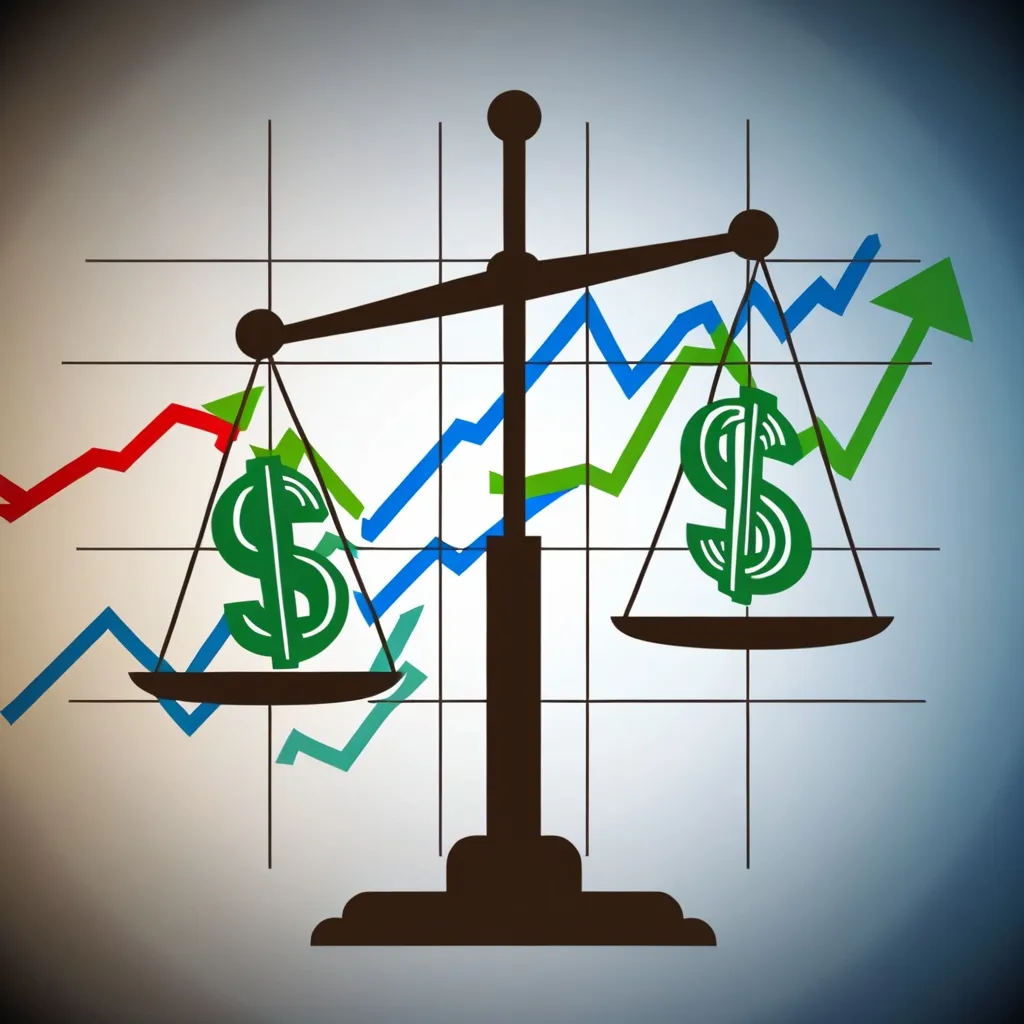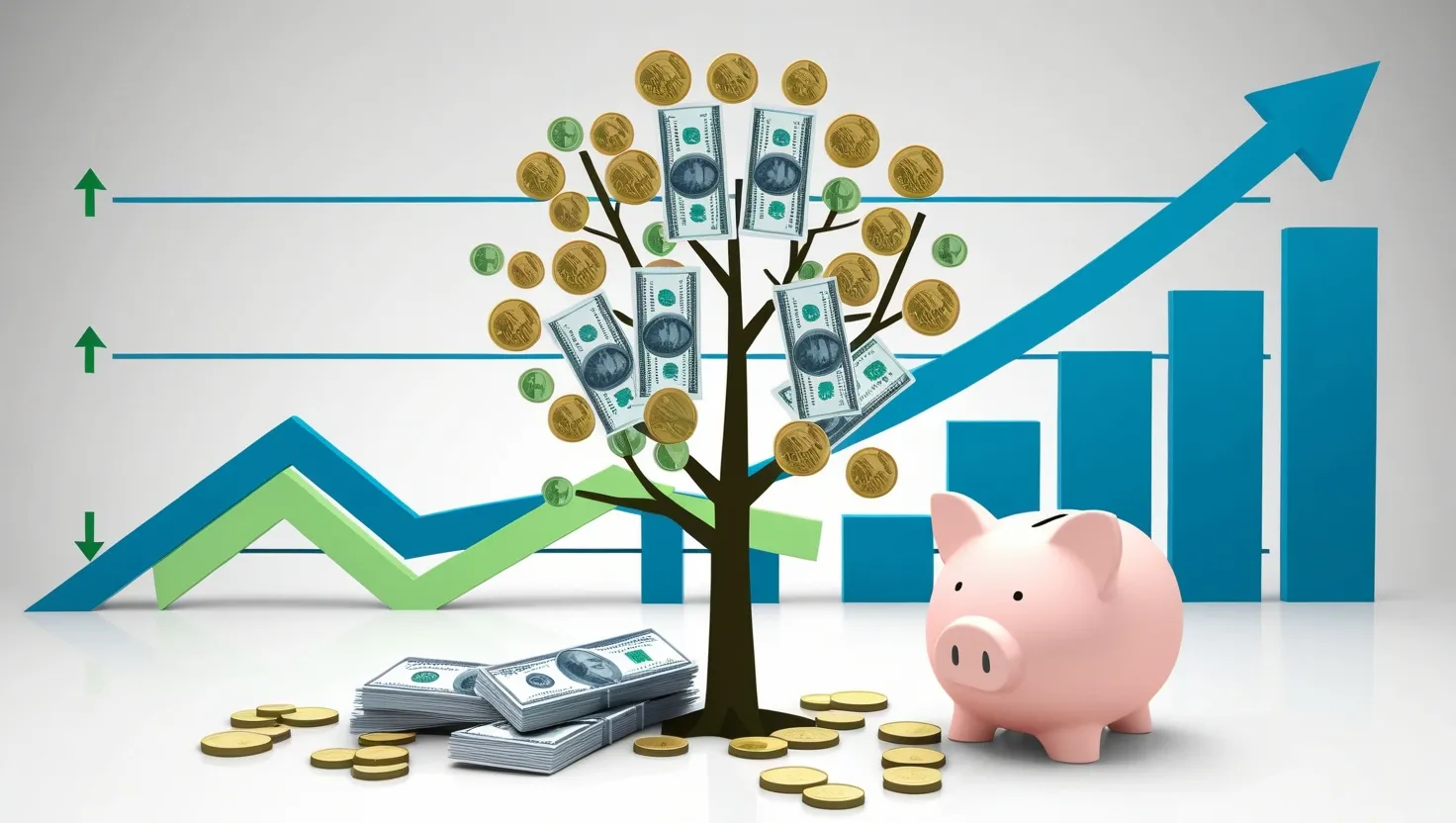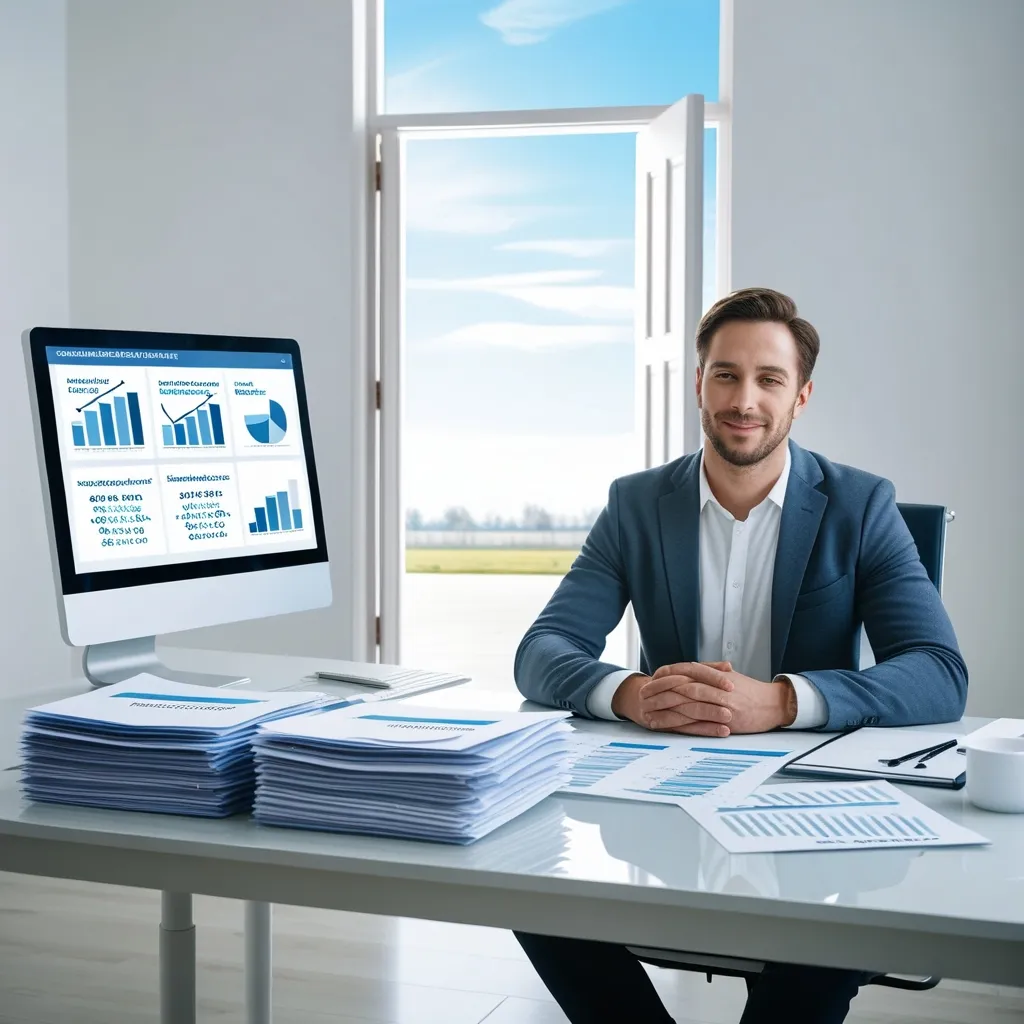Negative Interest Rates: A Double-Edged Sword in Economic Policy
Imagine a world where banks charge you for keeping your money safe. Sounds crazy, right? Well, welcome to the topsy-turvy realm of negative interest rates. It’s like the financial world has been turned on its head, and suddenly, everything we thought we knew about money doesn’t quite add up anymore.
Negative interest rates are the latest tool in the central banks’ arsenal, aimed at giving sluggish economies a much-needed kick in the pants. The idea is simple: make it costly for banks to hoard cash, and they’ll be more inclined to lend it out. In theory, this should get money flowing through the economy like a river after a heavy rain, stimulating growth and warding off the dreaded deflation monster.
But here’s the kicker - things don’t always go according to plan. In fact, negative interest rates have turned out to be more like a monkey wrench in the economic machinery than the magic wand policymakers hoped for.
Let’s start with the banks. You’d think they’d be falling over themselves to lend money rather than pay to keep it in the vault. But nope. Instead, they’re feeling the squeeze. It’s like trying to make juice from a stone - there’s only so much profit they can wring out when they’re being charged for their reserves.
So what do banks do? They pass the buck, of course. Suddenly, Joe Average is facing higher fees or even negative rates on his savings account. It’s enough to make you want to stuff your mattress with cash. And that’s exactly what some folks are doing, which is pretty much the opposite of what central banks were aiming for.
But it gets worse. Banks, feeling the pinch, start looking for ways to make up the shortfall. They might start lending to riskier borrowers or dabbling in more speculative investments. It’s like watching someone try to dig themselves out of a hole by digging deeper. Sure, it might work for a while, but sooner or later, you’re going to hit bedrock - or in this case, a financial crisis.
And let’s not forget about the savers. These are the folks who’ve been diligently squirreling away their pennies for a rainy day or retirement. With negative rates, it’s like they’re being punished for being responsible. It’s enough to make you wonder if there’s any point in saving at all.
But wait, there’s more! Negative rates can play havoc with exchange rates and asset prices. It’s like throwing a stone into a pond - the ripples spread far and wide. Suddenly, you’ve got capital flowing across borders, yield curves flattening, and asset bubbles inflating. It’s a financial whack-a-mole game where solving one problem just creates three more.
Now, you might be thinking, “Surely, someone’s benefiting from all this?” Well, yes and no. Governments can borrow at super-low rates, which sounds great until you realize they might be tempted to take on more debt than they can handle. It’s like giving a shopaholic an unlimited credit card - it might seem like a good idea at the time, but the bill always comes due eventually.
And what about the average Joe and Jane? Well, they’re caught in the middle of this financial tug-of-war. On one hand, cheap loans sound great. But on the other, their savings are being eroded, and the economic uncertainty can make them hesitant to spend or invest. It’s like being offered a free lunch, only to find out it’s served on a wobbly table in a restaurant with health code violations.
Real-world examples paint a pretty sobering picture. In Europe, negative rates haven’t exactly set the lending world on fire. If anything, loan growth has been weaker compared to countries that didn’t go down the negative rate rabbit hole. Japan’s experience has been similarly underwhelming, with bank margins getting squeezed flatter than a pancake run over by a steamroller.
So, what’s the takeaway from all this? Well, it’s clear that negative interest rates aren’t the economic cure-all they were cracked up to be. In fact, they might be causing more problems than they’re solving. It’s like trying to fix a leaky pipe with duct tape - it might work for a while, but eventually, you’re going to need a more permanent solution.
The challenge for policymakers now is to find that solution. They need to consider the long-term impacts of their decisions, not just the short-term fixes. It’s about finding a balance between stimulating the economy and maintaining financial stability. And let’s be honest, that’s no easy task.
As we move forward, it’s crucial to learn from these experiences. Maybe negative interest rates aren’t the answer. Perhaps we need to look at other ways to stimulate economic growth and combat deflation. It could be time to think outside the box and come up with new, innovative solutions that don’t risk undermining the very foundations of our financial system.
In the end, the goal of any economic policy should be to improve the lives of ordinary people. It should create jobs, foster innovation, and build a stable, prosperous future. If negative interest rates aren’t achieving these goals - and the evidence suggests they’re not - then it’s time to go back to the drawing board.
So, the next time you hear about negative interest rates, remember - it’s not just about the numbers on a balance sheet. It’s about real people, real businesses, and real lives. And in that context, the costs of this policy experiment might just outweigh the benefits.
As we navigate these choppy economic waters, one thing is clear - there are no easy answers. But by staying informed, asking tough questions, and demanding policies that work for everyone, not just the few, we can hope to steer a course towards a more stable and prosperous future. After all, isn’t that what economics should be about?






